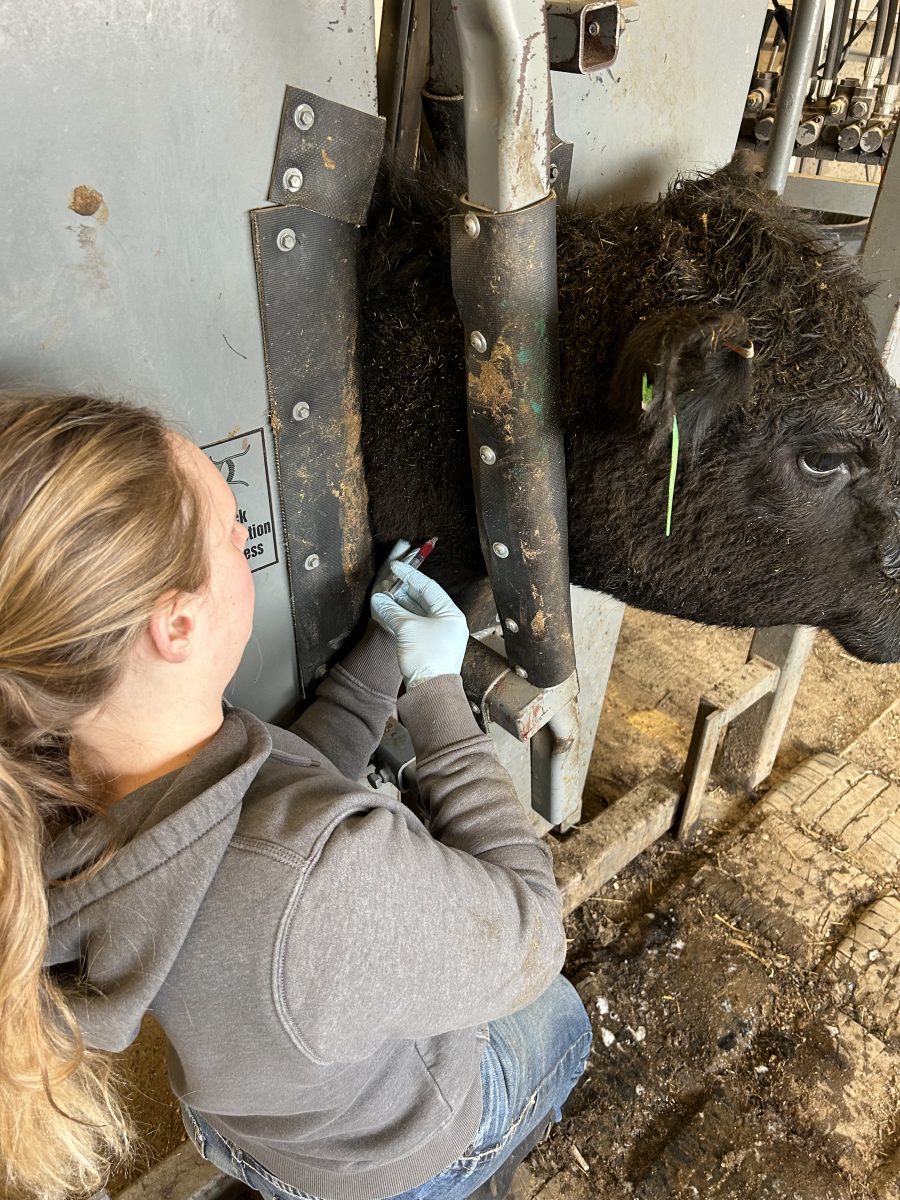South Dakota has a case of the broken hearts
February 24, 2009
Emily Wickstrom
There is a silent killer among South Dakotans: heart disease-the number one cause of death for South Dakota men and women.
In response to this, Gov. Mike Rounds declared February as American Heart Month for the state, with February being chosen due to the association with hearts and Valentine’s Day.
“All South Dakotans need to know their personal risk for heart disease,” said Rounds in a press release. “Everyone needs to know the warning signs of heart attack and stroke. Individuals can also help save lives by calling 911 if symptoms occur and becoming trained in CPR.”
To help students learn more about cardiovascular disease, the Wellness Center is hosting Wellness Wednesdays, which will be offered in the Wellness Center and will discuss a variety of topics for the rest of the semester. Heart Month is the first topic of Wellness Wednesday.
In the lobby of the Wellness Center, there will be health-related booths set up for students. Students can go to each station to check their heart health and other health aspects.
At one booth, nursing students will take blood pressure and glucose readings. They can tell students where their levels should or should not be. Good blood pressure levels are 120 or less and 80 or less.
Students may also meet with a dietician at a booth to discuss healthy eating and their glucose readings. For students who would like to talk to a dietician about healthy lifestyles any other time, free appointments can be made by calling Student Health Clinic and Counseling Services at (605) 688-4157.
“We just want to promote eating healthy for the heart to decrease the chance of getting heart disease,” said Jessica Remington, SDSU dietitian. “I am more than willing to help students who would like me to put together foods students should have. Some prefer a calorie list, some would like more of a schedule, and we can do that and adjust to each student.”
To exercise heart health, students should remember to eat healthy even when eating on campus. Some of the healthier choices to pick from are grilled meats instead of fried meats, foods with less fats and no added sodium, whole grain breads, fruits and vegetables. Students should also watch portion sizes.
Students should start slow. Rather than having French fries, have a side salad or a baked potato. Choosing marinara instead of alfredo sauce is also a healthy choice. Students may look online at Campus Dish, www.campusdish.com, for nutrition facts about all foods offered every day on campus.
Counselors are also available at Wellness Wednesdays to discuss heart-healthy relationships.
“We are doing the relationships because we thought, along with having a healthy heart, healthy relationships were right along with living a healthy lifestyle,” said Dallas Caylor, SDSU counseling intern.
There is even a massage therapist for relaxation and stress management.
“We use massages to motivate students to have a healthy heart,” said Melissa McCutcheon, Brookings Chiropractic massage therapist.
Students can make lifestyle changes to help reduce their risk of heart disease, too. Some of these changes include controlling weight, increasing physical activity, decreasing alcohol intake, restricting sodium consumption and putting an emphasis on eating fresh fruits, vegetables and low-fat dairy products.
Guidelines now encourage all women to reduce saturated fats intake to less than seven percent of calories if at all possible.
Nutrition is the scheduled topic for the first Wellness Wednesday in March. More information will be in the Wellness Center and the Union for future topics.
#1.881894:3675402329.jpg:adam running1.jpg:Adam Wehrkamp, a sophomore English student, said he runs to stay in shape and keep his heart healthy.:Travis Entenman



















